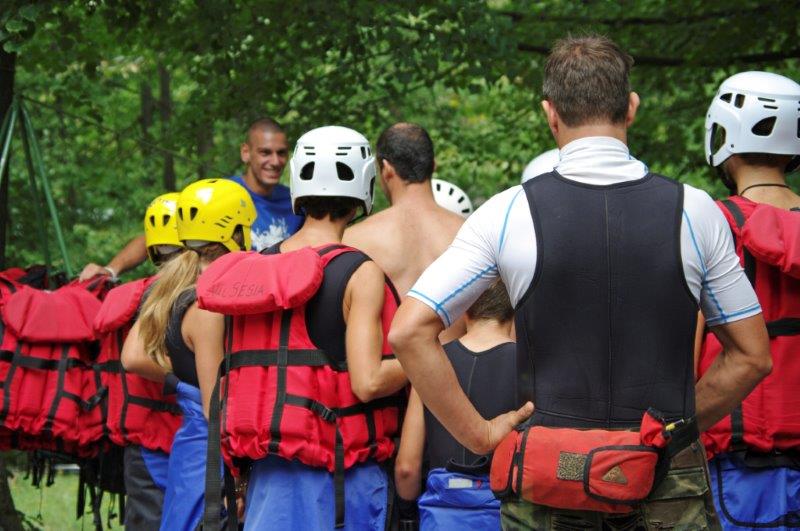A new museum and archive will create a major visitor destination and a gateway to the Gaelic-rich cultural heritage of the Islands. Located in a modern purpose built extension to the restored Lews Castle it will open in the summer of 2015.
Exciting new galleries will look at the stories of the Islands and Islanders. Visitors will be able to




